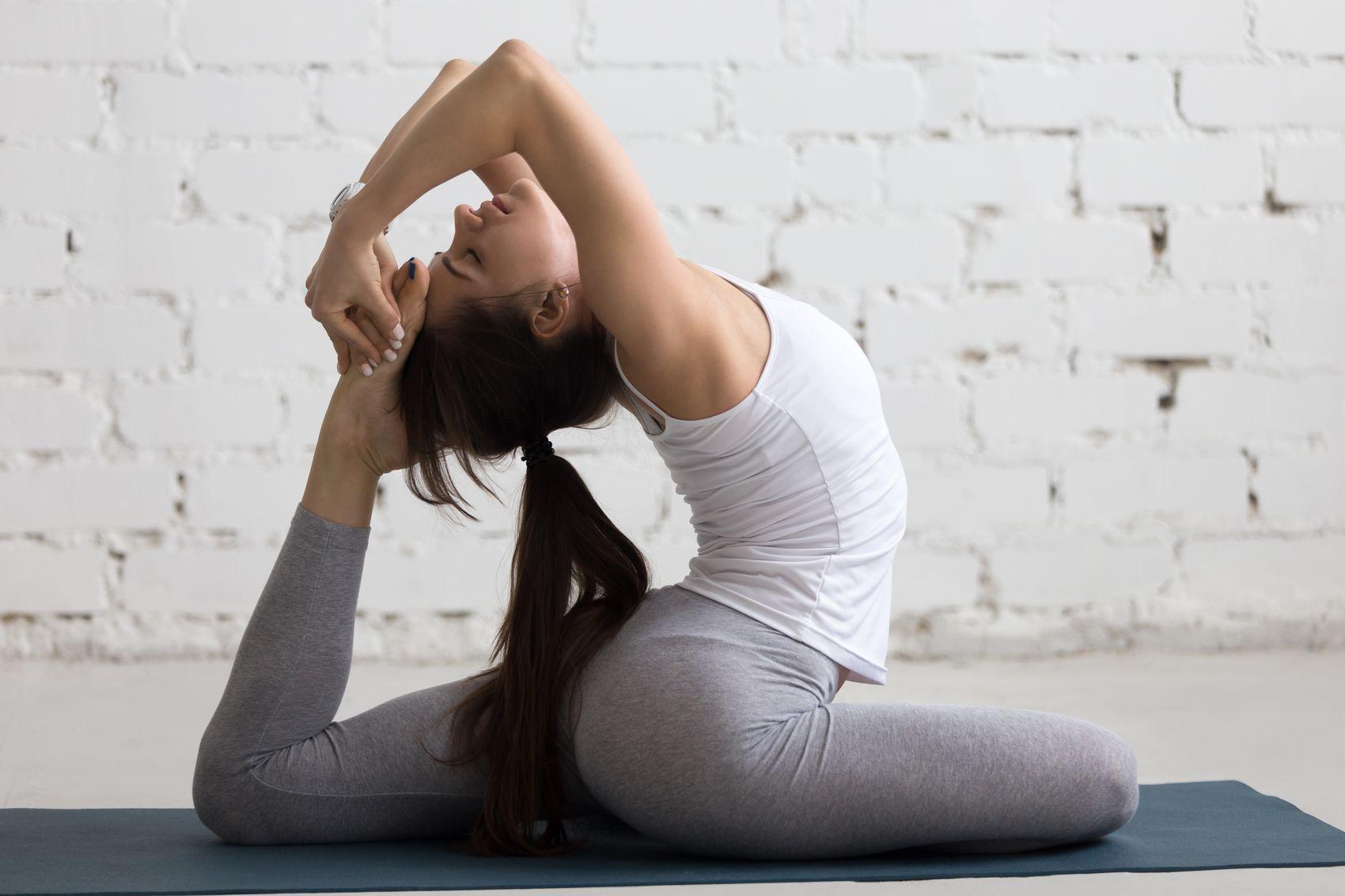No, you do not have to do yoga to be flexible. But even if you aren’t about to go hop into downward dog, it is important to care about the flexibility of your muscles, connective tissues, and joints with mobility exercises.
Why? Here are Just 3 Reasons (and There are Probably a Ton More):
1) It’s Preventative
A flexible and pliable joint and/or muscle is generally able to adapt to stress better–and therefore, less likely to become injured.
2) It Opens the Door to More Gains
Improving your flexibility can help improve the range of motion through which you can safely perform various movements (especially the squat), allowing you to perform better and potentially lift more.
YOU MAY ALSO LIKE: YOUR MOST EFFECTIVE CORE ROUTINE-WITH A TWIST!
3) You’ll Be in it for the Long Run
Developing the habit of working on your flexibility now will translate into a healthier and more mobile body as you get older.
You know your body better than anyone, so if you know there’s a part of your body that’s particularly inflexible, seek out some good resources and work on that. There are a few common “hot spots” that most humans can work on, however. The following 3 mobility exercises address these common flexibility issues and, when done correctly, are safe for virtually everyone.
3 Key Mobility Exercises You Should Do All The Time
First things first: by “all the time,” think “every day.”
Yup, every day.
 Think of how long you spend sitting in a chair, relaxing on a couch, or even lying down in your bed. In order to even remotely counteract the tissue-tightening effects of these positions, we need to maintain a consistent mobility practice that ideally is performed on a daily basis. If every day sounds unreasonable, then you should at least aim to do these mobility movements every day that you workout.
Think of how long you spend sitting in a chair, relaxing on a couch, or even lying down in your bed. In order to even remotely counteract the tissue-tightening effects of these positions, we need to maintain a consistent mobility practice that ideally is performed on a daily basis. If every day sounds unreasonable, then you should at least aim to do these mobility movements every day that you workout.
These stretches should be performed after you’ve properly warmed up. Performing any sort of prolonged static stretch on a muscle and joint that isn’t adequately warmed up can increase the risk of injury and may minimize the effectiveness of the stretch.
Keep in mind that in order for any static stretch or hold to be effective, you must hold the position for at least 90 seconds. Anything less than 90 seconds will not be enough to actually elicit a physiological change in the connective tissue length and flexibility. This would just be like stretching a rubber band only to have it return to its normal length immediately after you release the position. A total waste of your time. Keep a clock or timer handy, and be sure to hold every static stretch for at least 90 seconds (or 2 minutes if it’s easier to keep track).
So, In No Particular Order, Here They Are:
1) Pigeon Stretch
This is a great video that explains a couple of varieties of this stretch and why it’s so helpful. Hint: sitting in chairs = tight hips = limited mobility. Opening up our hips helps release tension, stress, and postural strain.
2) Shoulder External Rotation
Our use of smartphones and laptops have us continually slouched forward with rounded shoulders. Stretching the front of our shoulders helps restore normal shoulder movement and prevents excessive strain on the rotator cuff muscles. For simplicity sake, try this simple version facing a corner. There are tons of varieties, though. Feel free to peruse through YouTube and find one that works safely for you.
3) Good Morning
This is an awesome movement to increase the flexibility and motor control of your “posterior chain” (back, butt, and hamstrings). This video explains how to do good mornings with an empty barbell, but you can also use a simple dowel or broomstick, too. Aim for 3 sets of 10-15 repetitions.
Go ahead, give these few movements a try, and be sure to let us know how they feel!



